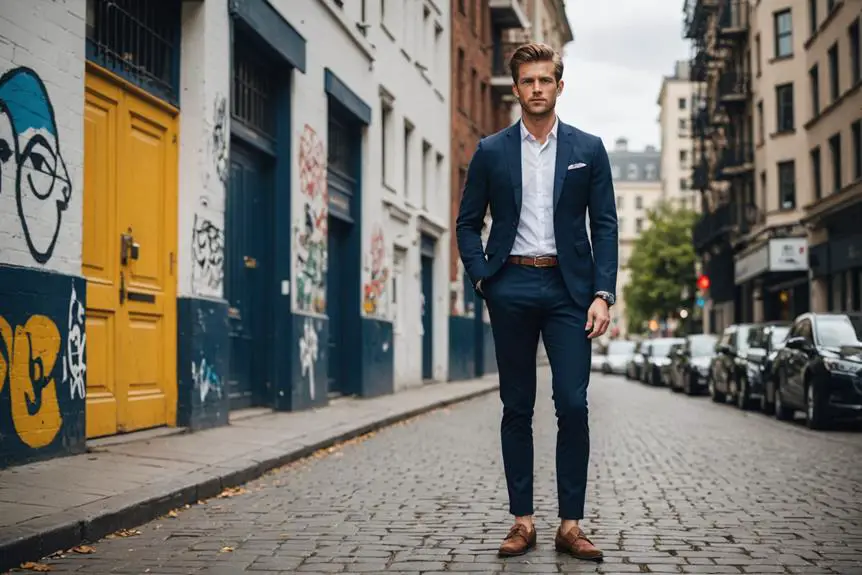Vintage fashion is gaining popularity among college students, reflecting a desire for individuality and sustainability while drawing inspiration from past styles.
Vintage fashion has transcended its once-niche status to become a cultural phenomenon, particularly among students navigating college campuses across the United States. A recent piece from “Vintage Life” explores this growing movement, highlighting how vintage styles serve as a dynamic response to the fast-paced and ever-changing modern world.
College students today are embracing a variety of looks from different decades, sporting everything from 90s windbreakers to 70s bell-bottoms. This trend exemplifies a larger narrative about identity, uniqueness, and nostalgia, as students seek to establish their personal style in a culture often dominated by mass-produced, fast fashion.
According to the article, a significant appeal of vintage fashion lies in its capacity to help students stand out. This desire to differentiate oneself is similar to the creative approach taken in academic settings, where students might seek the assistance of qualified essay paper writers to contribute fresh perspectives to their work. The allure of vintage clothing often stems from personal stories and memories associated with bygone eras, enhancing the emotional connection students have with their outfits. Many draw inspiration from television shows like “Friends” or “Stranger Things,” which have rekindled interest in the aesthetics of past decades.
Mixing and matching styles is another hallmark of this trend, allowing for a blend of vintage and contemporary pieces. The article notes how a crop top inspired by the 90s might be paired with modern sneakers, while a vintage varsity jacket can invigorate a minimalist ensemble. This creative freedom empowers individuals to craft distinctive looks that resonate personally, moving away from homogeneity present in fast fashion.
The rise of social media platforms such as TikTok and Instagram has significantly contributed to the shift towards vintage fashion. With users posting styling tips and thrift finds, influencers have played a crucial role in reviving vintage aesthetics, driving trends that can spread rapidly across the digital landscape. Viral challenges often push users to experiment with their wardrobes, fostering a supportive community centered around shared fashion goals.
Online marketplaces like Depop, Poshmark, and ThredUp have transformed the vintage shopping experience, making it accessible and practical. For many students, buying and reselling vintage clothing has evolved into a profitable side hustle, helping them navigate financial constraints while indulging in their fashion passions.
An increasing awareness of sustainability issues has also led students to reject fast fashion in favor of thrifted alternatives. The fashion industry’s significant environmental impact—accounting for around 10% of global carbon emissions and generating 92 million tons of textile waste annually—has prompted many to consider the benefits of purchasing second-hand items. Vintage clothing is often made with higher-quality materials, resulting in pieces that last longer than their contemporary counterparts.
In addition to the garments themselves, students are also revisiting popular hairstyles from various decades. The article showcases iconic looks such as 50s pin curls and victory rolls, 70s curtain bangs, and 80s high ponytails, underscoring how these styles complement and enhance their vintage outfits.
Noteworthy dresses from vintage history, such as the 50s swing dress, the 70s bohemian maxi dress, and the 90s slip dress, are making a comeback on campuses. Each of these styles brings its own flavor and reflects the ongoing cycle of vintage aesthetics transforming into modern-day trends.
Overall, vintage fashion is becoming an important facet of student life, woven into the fabric of modern-day identity and culture. As this movement continues to flourish, its influence on personal expression, sustainability, and creative styles is likely to remain a dominant theme across university campuses.
Source: Noah Wire Services



